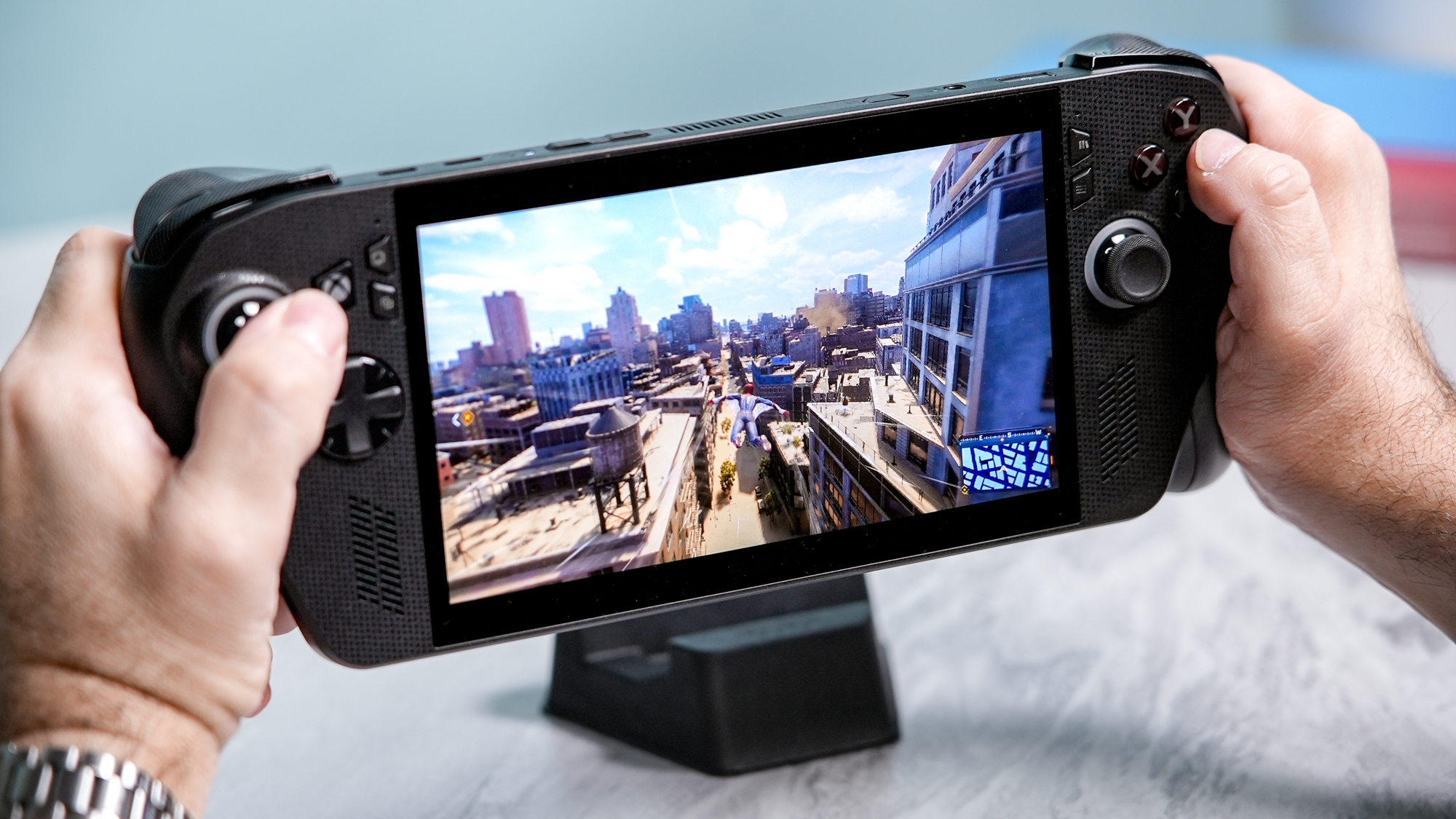MacBook Air vs Pro: Which should you buy?
The MacBook Air vs Pro buying decision is harder than ever — here's what you should consider
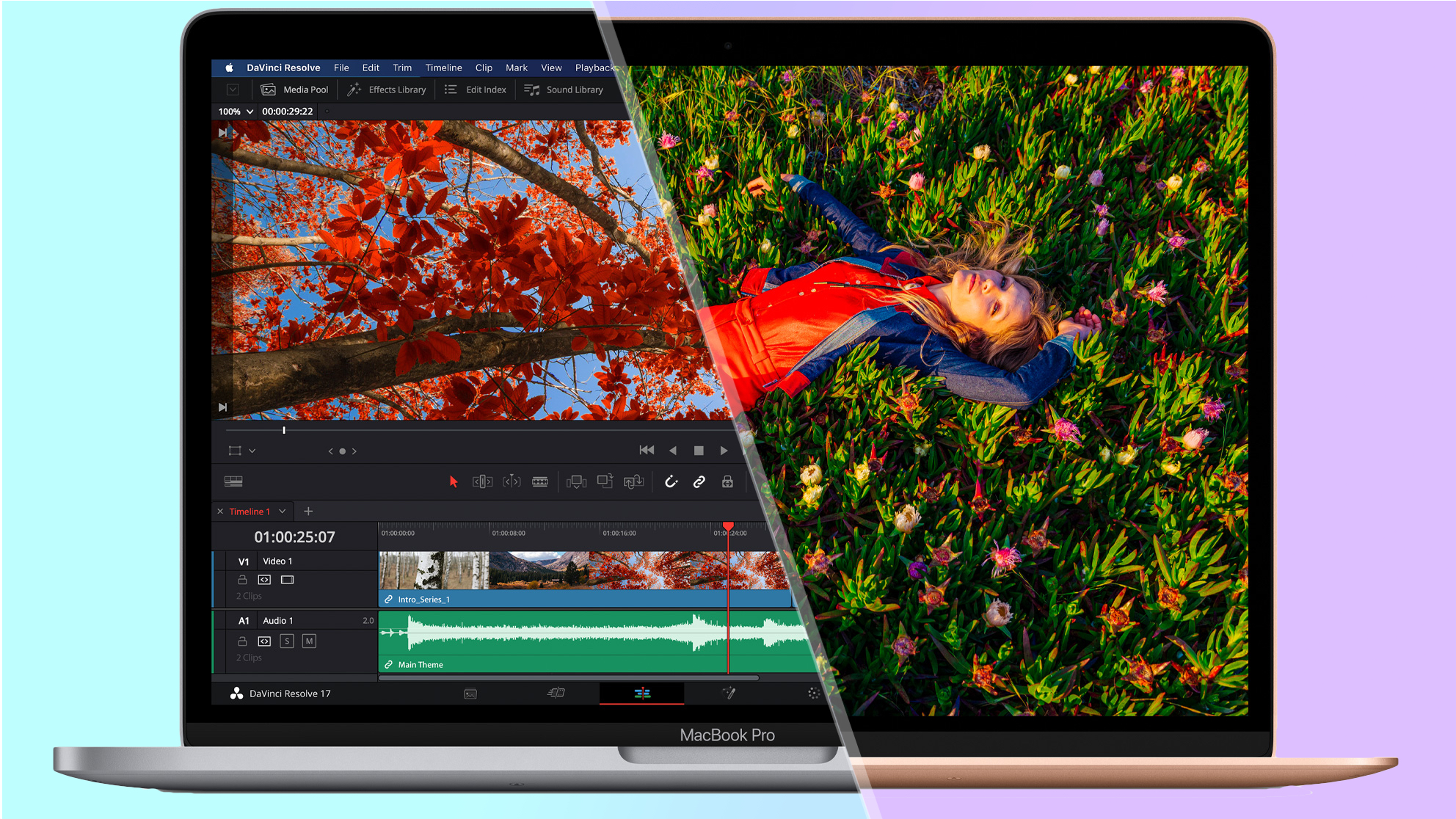
Making the choice between buying a new Apple MacBook Air vs MacBook Pro buying decision is trickier than ever because while both are great laptops, they excel at different things and come in a variety of sizes.
As you might expect from the name, the 13-inch Air is the lightest and most portable MacBook you can buy right now, while the 15-inch MacBook Air costs $200 more and gives you more screen real estate and a smidge more battery life.
The 14-inch and 16-inch MacBook Pros cost significantly more and give you more raw power because they come with Pro-grade upgrades like beefier chips and active cooling (i.e. fans that spin up and make noise) to keep the laptop cool under pressure.
But that's just the quick and simple breakdown of what's ultimately an intriguing buying decision. So if you're still on the fence, here's everything you need to know to find the best MacBook for you when choosing between the MacBook Air and MacBook Pro.
MacBook Air vs Pro: Design
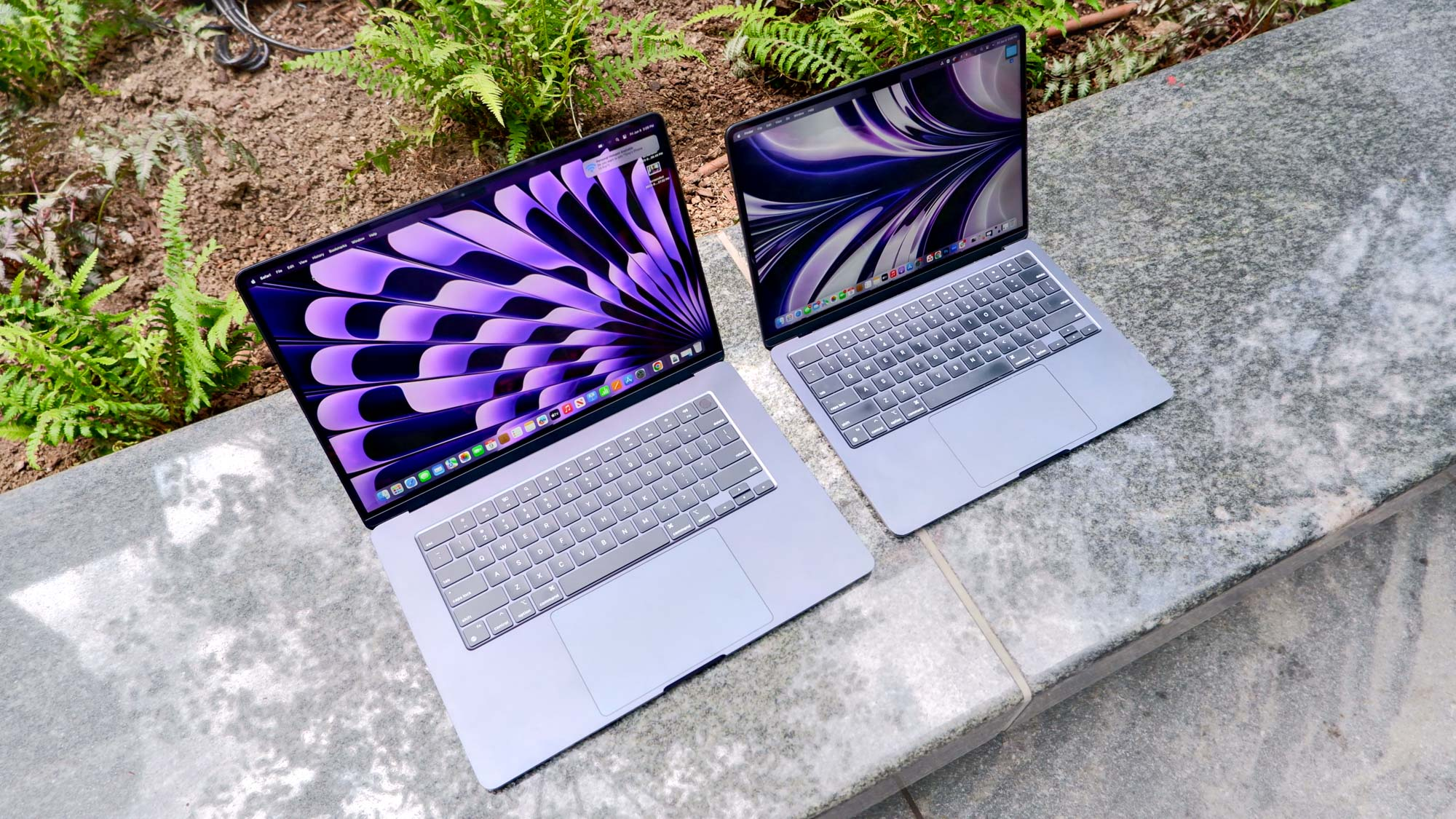
| Row 0 - Cell 0 | Dimensions | Weight |
| 13" M4 MacBook Air | 11.97 x 8.46 x 0.44 inches | 2.7 pounds |
| 15" M4 MacBook Air | 13.4 x 9.3 x 0.45 inches | 3.3 pounds |
| 14" M4 MacBook Pro | 12.31 x 8.71 x 0.61 inches | 3.4 to 3.6 pounds |
| 16" M4 MacBook Pro | 14.01 x 9.77 x 0.66 inches | 4.7 to 4.8 pounds |
The MacBook Air and Pro tend to look similar since they both sport machine aluminum chassis that all come in silver, though the MacBook Pros are only available in Silver and Space Gray while the MacBook Airs come in Silver, Midnight, Starlight and Sky Blue.
Once upon a time these two laptops looked a bit more different, since older MacBook Airs sported a teardrop-shaped wedge design (as opposed to the more rectangular MacBook Pro) while the Pros were the first to get a camera cutout along the top bezel in the form of a notch which extends down over a small portion of the screen.
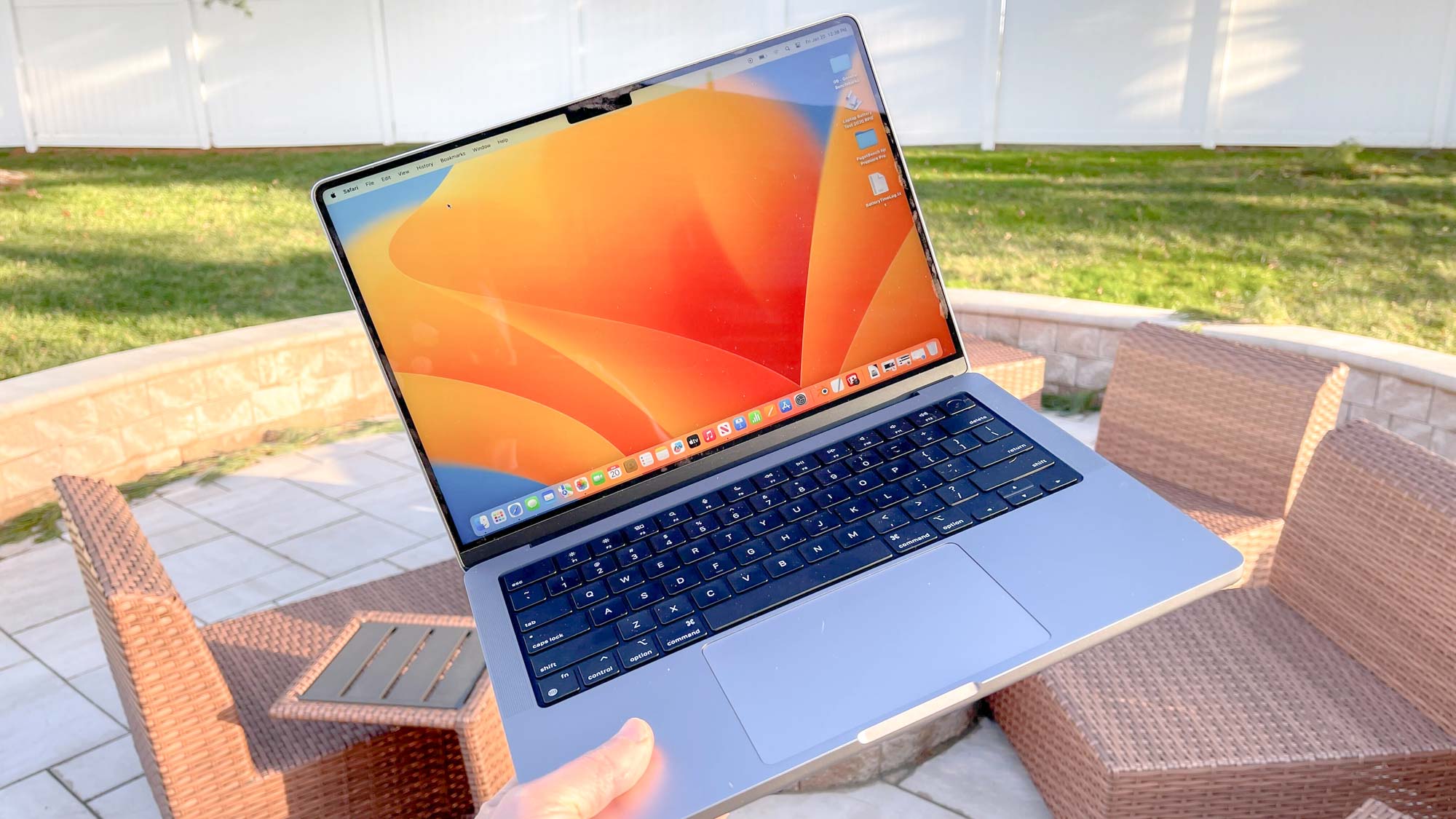
But as of the M4 generation, those differences have been ironed out. Now the modern MacBook Air has a physical design that looks awfully similar to the MacBook Pro (just smaller), and both the MacBook Air and the MacBook Pro have small notches in the center of the top bezel where the webcam lives.
Get instant access to breaking news, the hottest reviews, great deals and helpful tips.
MacBook Air vs MacBook Pro: Ports
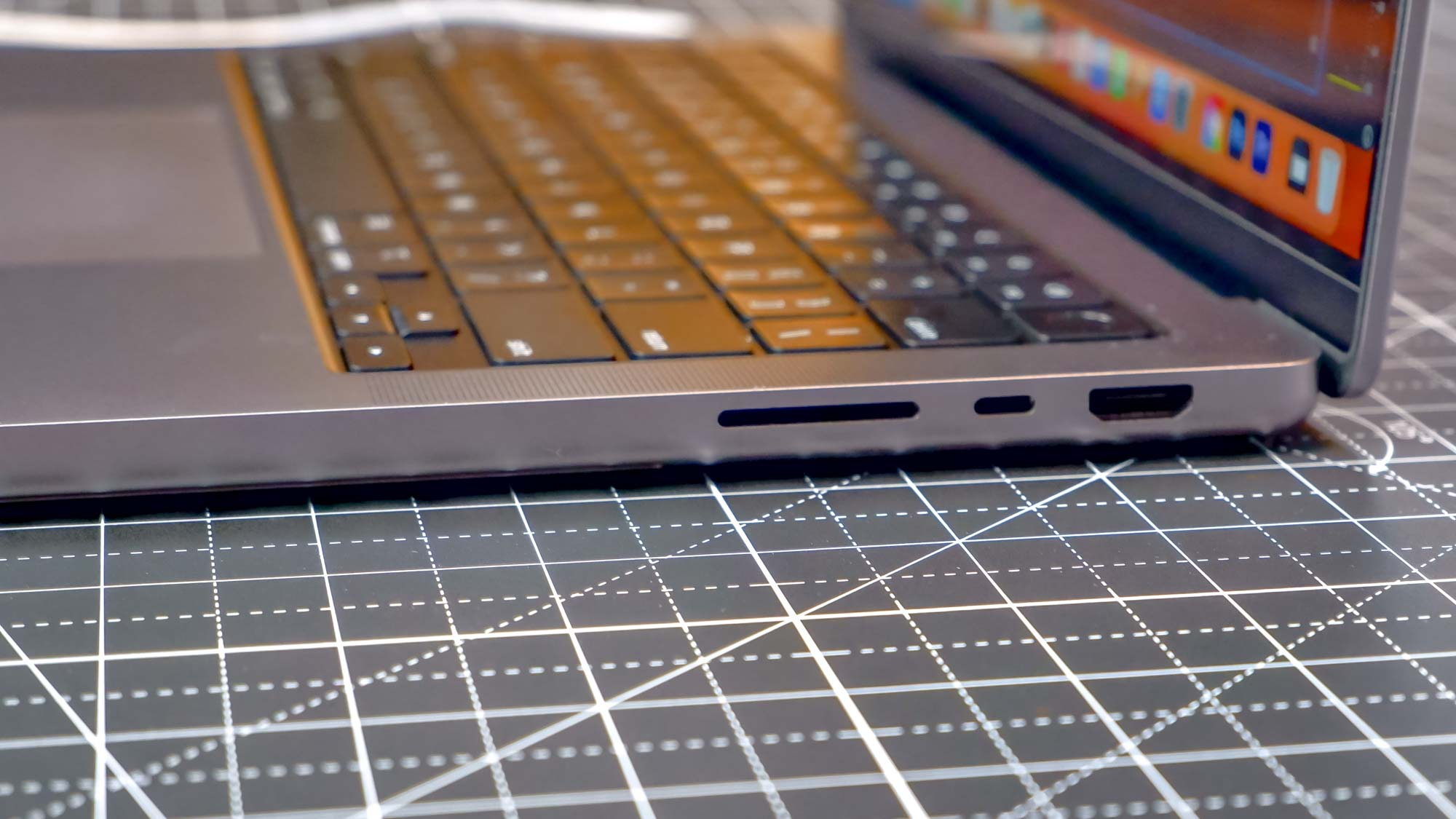
When it comes to number and variety of ports, the MacBook Pro has always held the edge over the MacBook Air.
Put simply, you get very little on a modern MacBook Air. Expect two Thunderbolt 4/USB4 ports on one side and a headphone jack on the other, as well as a MagSafe charging port.
That's actually kind of a big deal since MagSafe charging ports were only available on MacBook Pros for some time. But nowadays that's no longer the case.
| Row 0 - Cell 0 | Ports |
| 13" M4 MacBook Air | 2x Thunderbolt 4, 1x 3.5mm headphone jack |
| 15" M4 MacBook Air | 2x Thunderbolt 4, 1x 3.5mm headphone jack |
| 14" M4 MacBook Pro | 3x Thunderbolt 4-5, SDXC card slot, HDMI port, 1x 3.5mm headphone jack |
| 16" M4 MacBook Pro | 3x Thunderbolt 4-5, SDXC card slot, HDMI port, 1x 3.5mm headphone jack |
Still, the MacBook Pros retain their clear dominance in terms of port access. Both the 14-inch and 16-inch MacBook Pros come with three Thunderbolt ports, an SDXC card reader and an HDMI port alongside MagSafe charging and a headphone jack.
One key detail to note: If you upgrade your M4 MacBook Pro to an M4 Pro or M4 Max chip you will also get an upgrade to Thunderbolt 5 ports, not just Thunderbolt 4. That means you can push more data and power through those cables, which means more utility for hooking up external displays and using high-speed storage drives.
Check out our breakdown of Thunderbolt 5 vs Thunderbolt 4 for more details!
MacBook Air vs MacBook Pro: Display
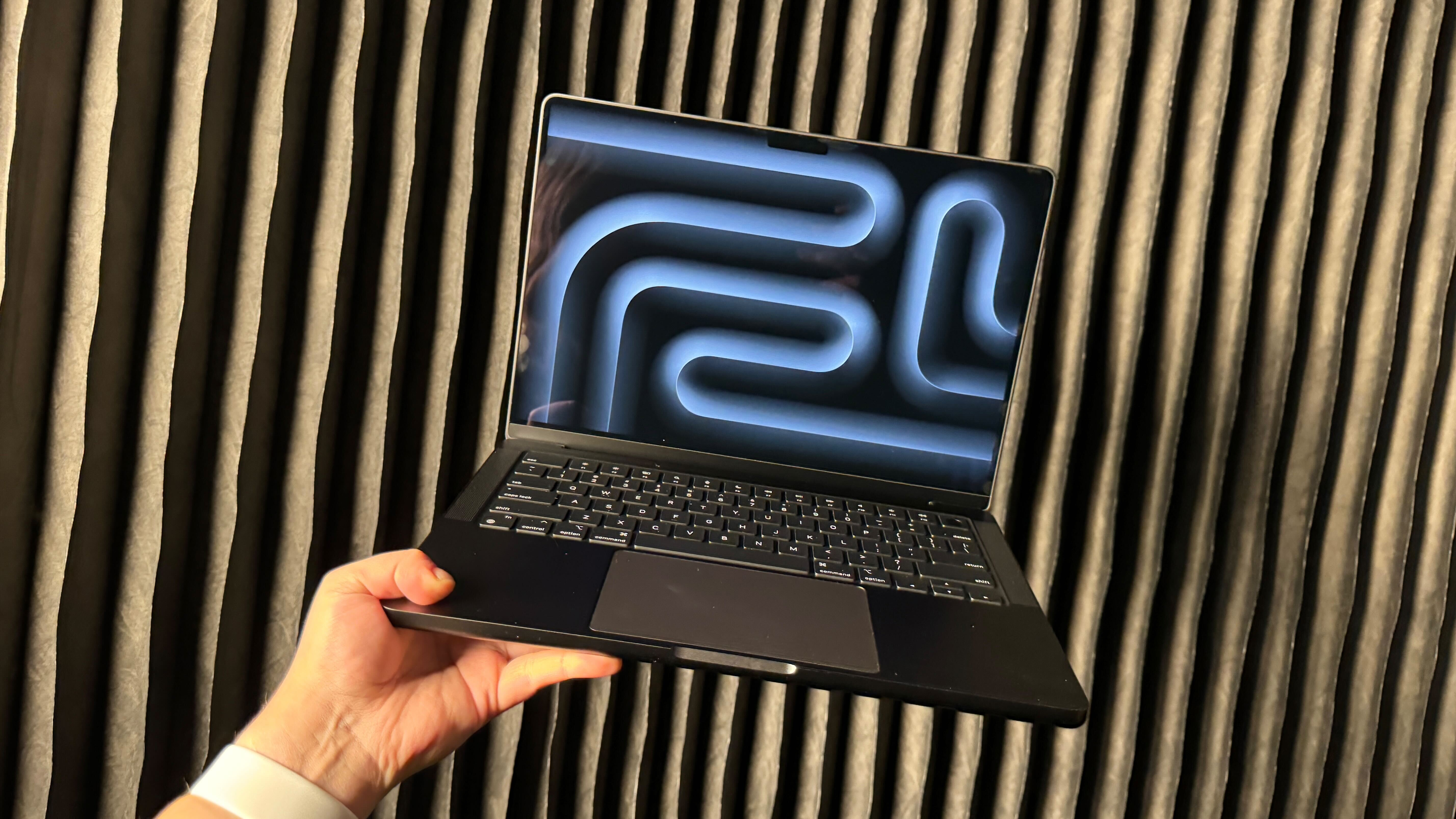
The Retina displays in the MacBook Air and MacBook Pro are both sharp and colorful, and while it's close, there's two good reasons to go Pro: speed and brightness.
Based on years of our lab testing results, I can confidently tell you the MacBook Pro is a brighter laptop. Modern MacBook Pros are advertised as being capable of cranking out 1,000 nits of brightness, and our testing confirms that they do get that bright (at least, when viewing HDR content) thanks to their mini-LED displays, which deliver better image quality than the LED-backlit displays on the modern MacBook Airs.
| Row 0 - Cell 0 | Screen |
| 13" M4 MacBook Air | 13.6 inches (2560 x 1664) |
| 15" M4 MacBook Air | 15.3 inches (2880 x 1864) |
| 14" M4 MacBook Pro | 14.2 inches (3024 x 1964) mini-LED |
| 16" M4 MacBook Pro | 16.2 inches (3456 x 2234) mini-LED |
Plus, the MacBook Pros offer a 120Hz refresh rate whereas MacBook Airs are stuck at 60Hz. Don't get me wrong, 60Hz is perfectly fine, but with 120Hz you get smoother scrolling and better performance in fast-paced games.
So if you're obsessed with having the best display possible in your MacBook, you may want to cough up for a Pro over an Air. But if you just need a laptop to browse the web and don't care about image quality, the MacBook Air is great.
MacBook Air vs MacBook Pro: Keyboard
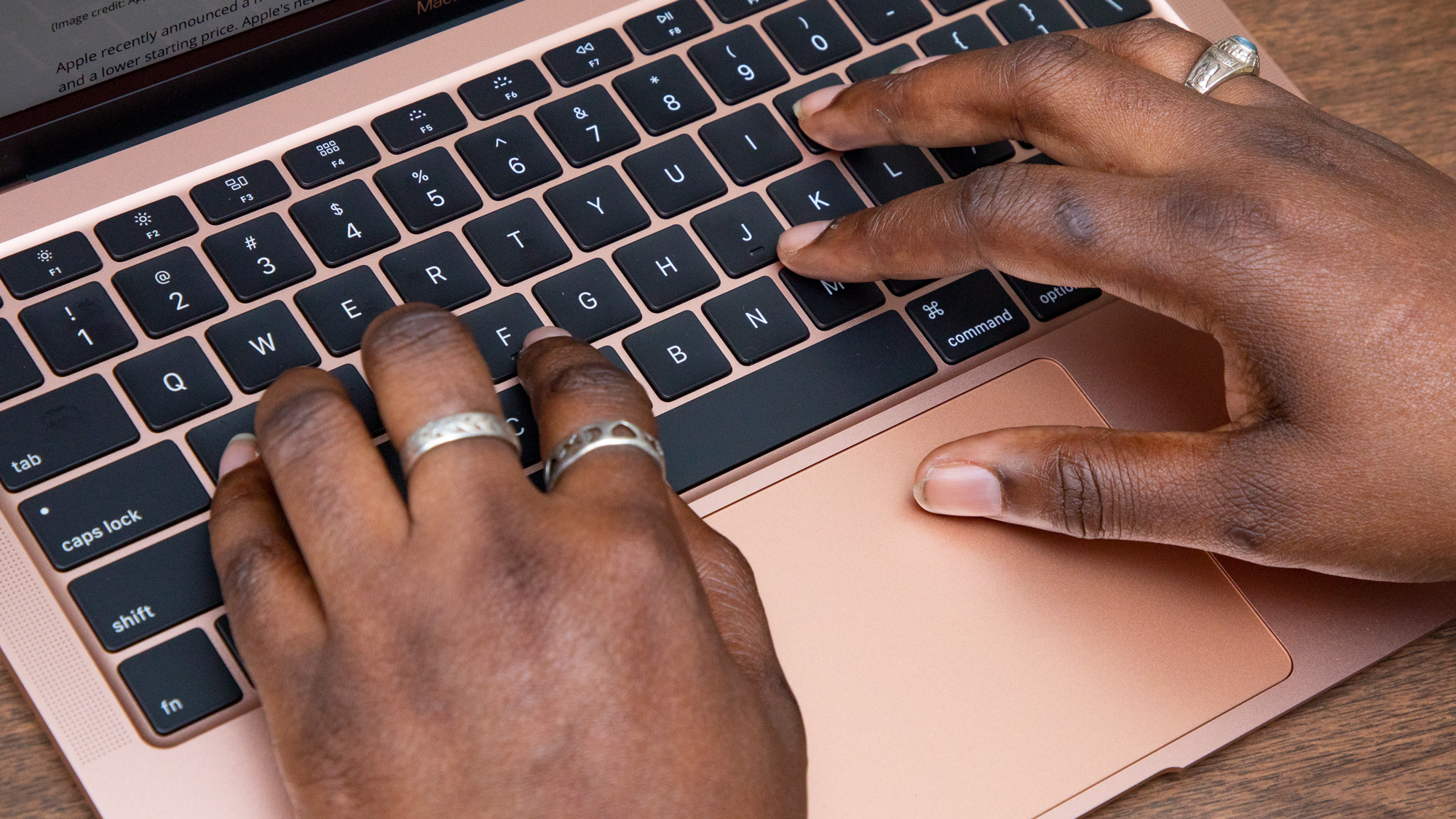
All of the MacBooks you can buy offer Apple's Magic Keyboard, which delivers strong tactile performance and comfort.
Once upon a time you used to have to think about whether you wanted a Touch Bar on your MacBook Pro or not, but Apple left that behind with the M2 generation and now offers basically the same keyboard arrangement on all sizes of MacBook.
However, if you prize comfort when typing I recommend you lean towards either the 15-inch MacBook Air or 16-inch MacBook Pro. The reason is simple: bigger laptops give you more room for a keyboard, which means your hands have more room to move and bigger keys to press.
MacBook Air vs Pro: Performance
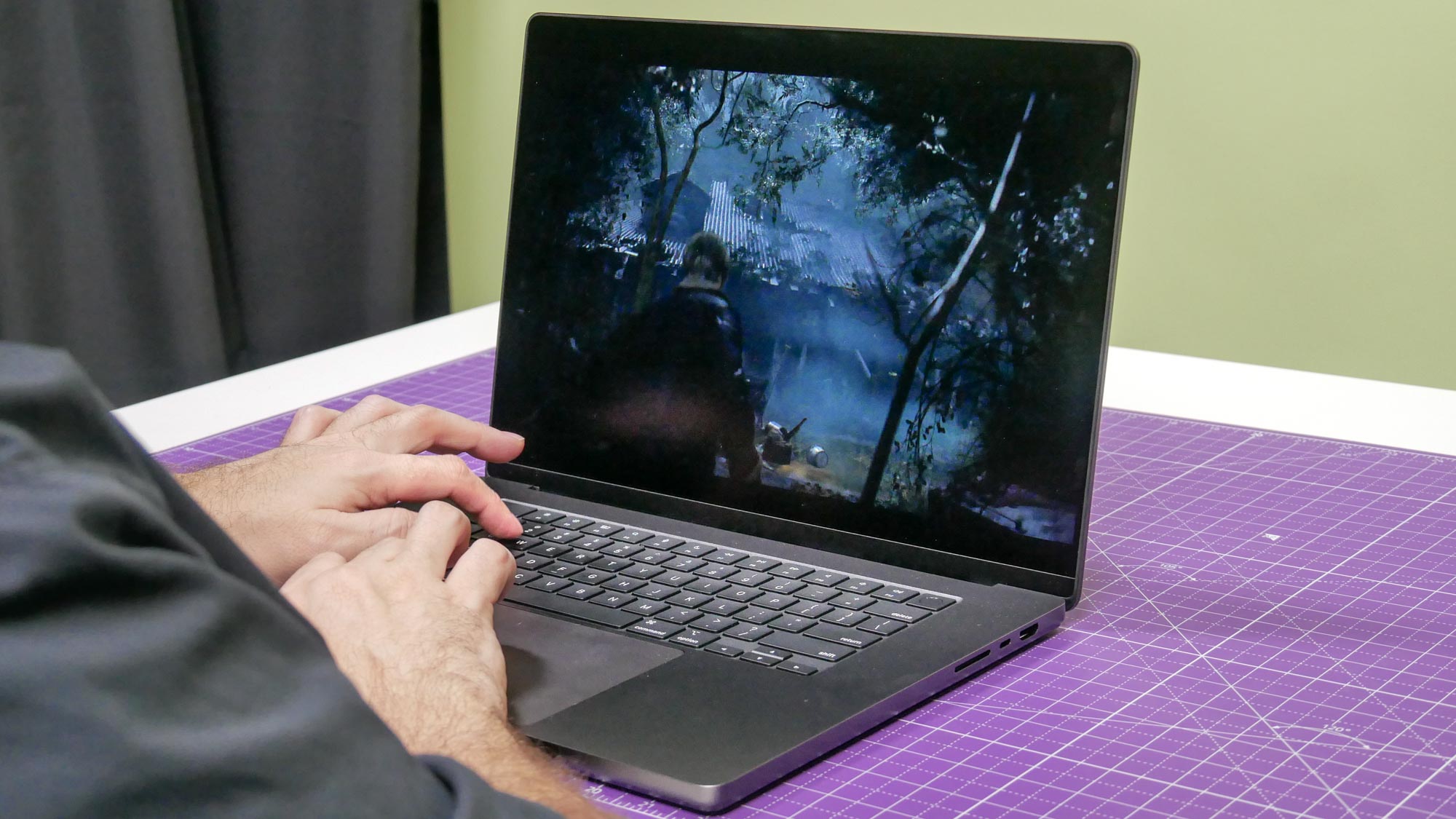
All MacBooks have been pretty speedy and long-lasting ever since 2021, when the first wave of Apple silicon (that is, M-series laptop chips made by Apple) came to both the MacBook Air and Pro.
And frankly, if you just need to browse the web, get basic work done and multi-task a bit you'll be just fine with a modern MacBook Air.
Heck, even an older Air (M2-M3) is still plenty capable of productivity tasks for years to come. The M1 MacBook Air is getting a little long in the tooth at this point, but if you can find it on sale it's a great starter laptop for a child or an older parent.
But if you want some computing muscle to do serious coding, gaming or editing work, you want a MacBook Pro.
| Row 0 - Cell 0 | CPU/GPU | RAM |
| 13" M4 MacBook Air | 10 core CPU, 8-10 core GPU | 16-32GB |
| 15" M4 MacBook Air | 10 core CPU, 10 core GPU | 16-32GB |
| 14" M4 MacBook Pro | 10-16 core CPU, 10-40 core GPU | 16-128GB |
| 16" M4 MacBook Pro | 10-16 core CPU, 10-40 core GPU | 24-128GB |
That's because MacBook Pros come with active cooling and are configurable with much more powerful M4 chips and lots more RAM and storage.
You'll pay out the nose for it, of course, but if you're willing to pony up you can get a truly beastly 16-inch MacBook Pro that's one of the best mobile video editing platforms you can buy.
They're great for gaming, too, and gaming on Mac gets better every year. While many of the best Steam games still aren't optimized to run well on Apple silicon, major hits like Baldur's Gate 3 and Lies of P run great on a modern MacBook Pro.
MacBook Air vs Pro: Battery life
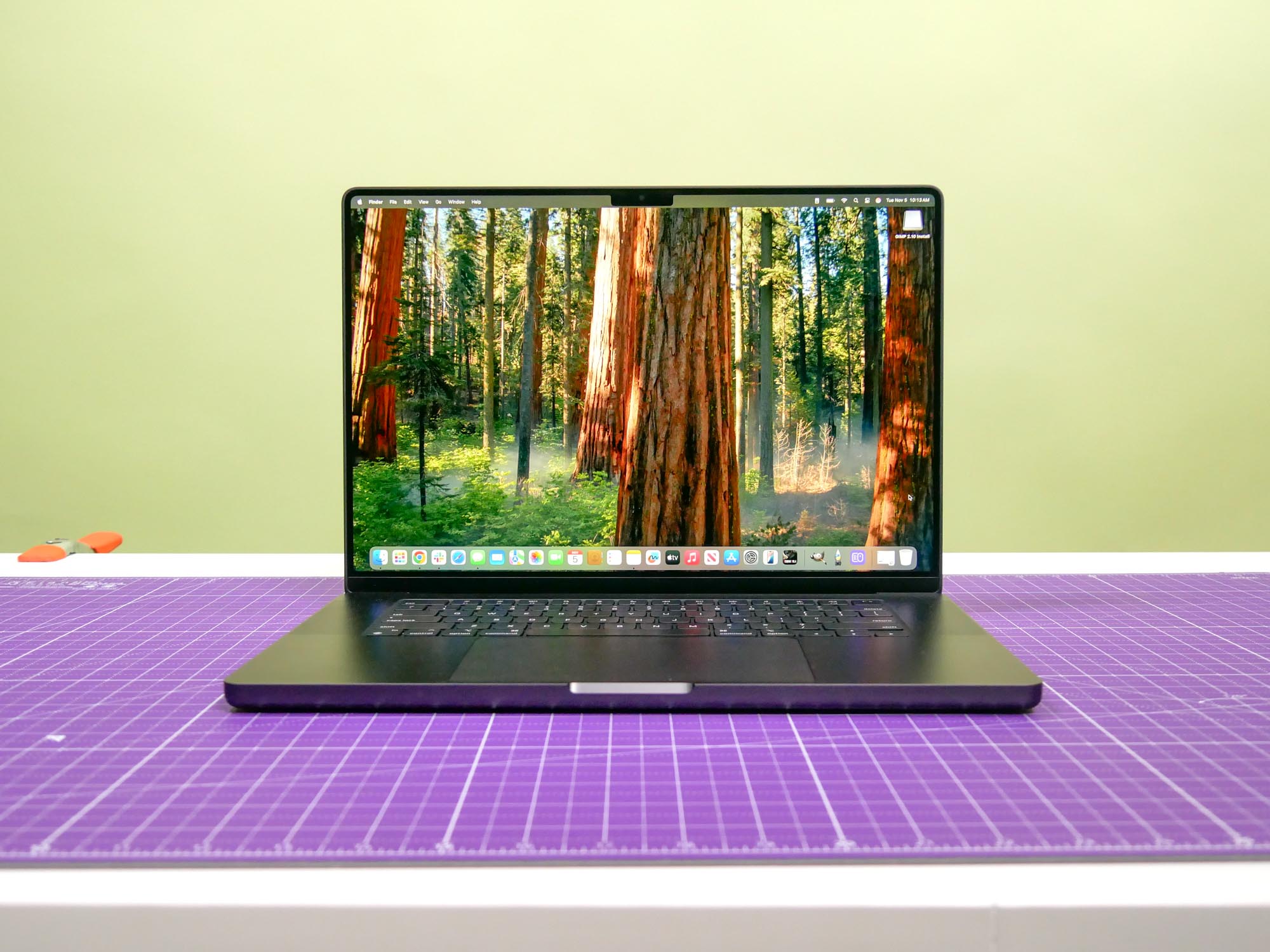
When the first MacBook Air debuted with an M1 chip inside I was blown away to discover it lasted over 14 hours in our in-house battery test.0
At the time that was hours longer than even the best Windows laptops, and MacBooks have only continued to be incredibly power-efficient laptops. As you can see from the chart of our battery test results, you can expect at least 14+ hours of battery life no matter which MacBook you choose.
| Row 0 - Cell 0 | Tested battery life (minutes:seconds) |
| 13" M4 MacBook Air | 14:57 |
| 15" M4 MacBook Air | 15:20 |
| 14" M4 MacBook Pro | 18:31 |
| 16" M4 MacBook Pro | 20:46 |
That said, there's a clear winner when it comes to power efficiency, and it's the biggest 'Book of them all.
The 16-inch MacBook Pro M4 lasted over 20 hours in our test, which times how long it takes a laptop to run down a full battery by endlessly surfing the web via Wi-Fi with its screen set to low brightness.
That makes the 16-inch MacBook Pro one of the best laptops for battery life we've ever reviewed at Tom's Guide, and a killer workstation on the go.
MacBook Air vs Pro: Audio
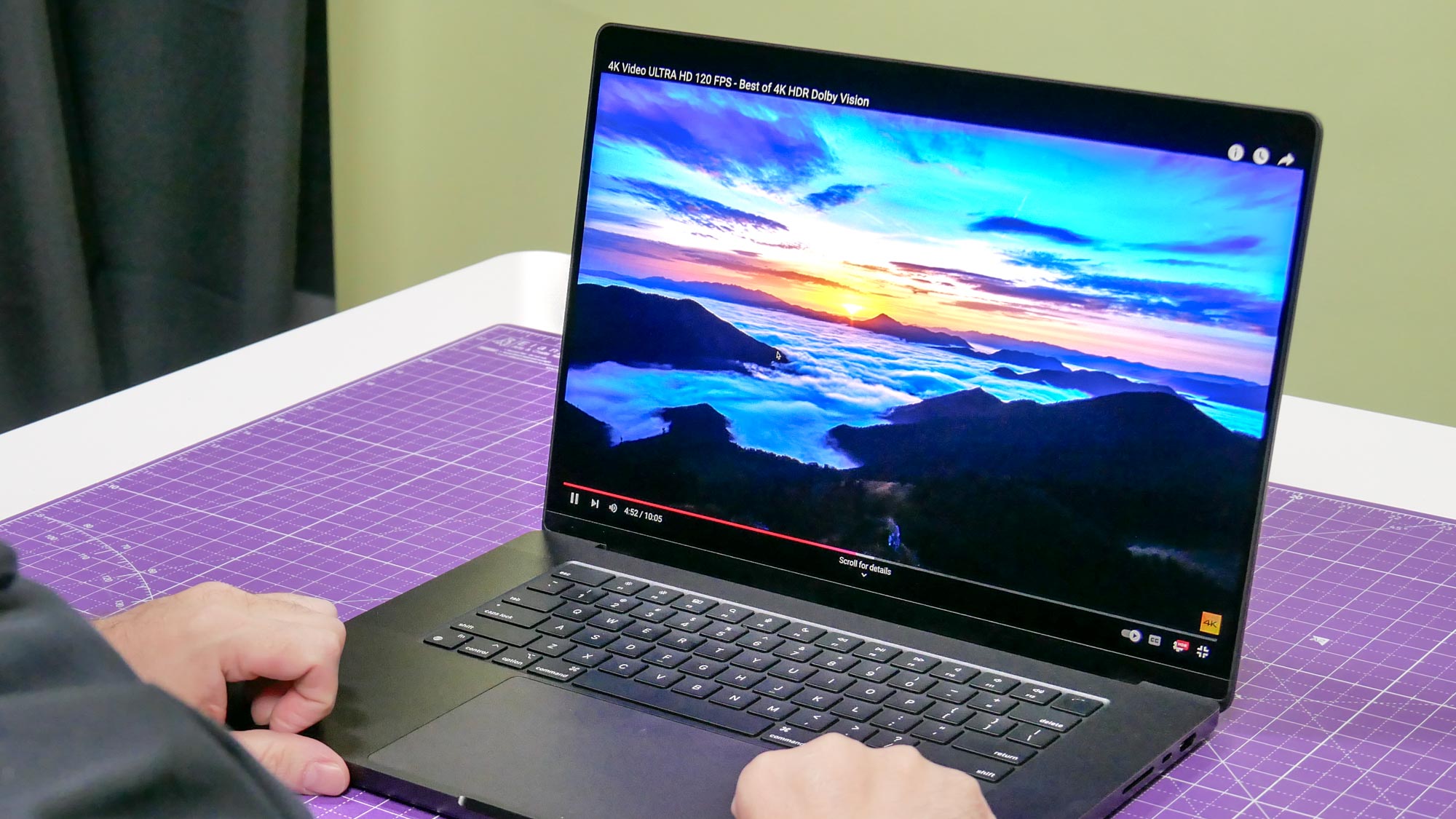
The MacBook Air's stereo speakers are perfectly serviceable, but when it comes to audio quality the MacBook Pro has the edge.
That's because both the 14-inch and 16-inch MacBook Pros come with a six-speaker setup that boasts a pair of tweeters and two sets of force-canceling woofers.
In layman's terms, the 14-inch and 16-inch MacBook Pro models provide more bass along with an octave lower sound for an even more robust audio profile. Plus, the new MacBook Pros support Dolby Atmos through their speakers as opposed to just headphones.
MacBook Air vs Pro: What should you buy?
If you've read this far I hope you have a much better idea now of which MacBook is right for your needs.
While only you can decide how much power, RAM and storage you can afford, I think there are some general guidelines I can offer that help clarify your decision.
In general, if you're not sure you need a lot of power in your laptop I'd go with a MacBook Air. They're more affordable and easier to carry than the Pros, and unless you're doing serious work or gaming I doubt you'll need the extra muscle of the M4 Pro or M4 Max chips. Smaller folks should be just fine with a 13-inch model, while larger folks (like myself) might appreciate the extra keyboard size and screen real estate of the 15-inch MacBook Air M4.
But if you want the best MacBook in terms of power, screen quality and sound quality, consider splurging on a MacBook Pro. These powerful laptops get pricey fast, but if you can afford it you get one of the best and most powerful Macs that Apple can build.

Alex Wawro is a lifelong tech and games enthusiast with more than a decade of experience covering both for outlets like Game Developer, Black Hat, and PC World magazine. A lifelong PC builder, he currently serves as a senior editor at Tom's Guide covering all things computing, from laptops and desktops to keyboards and mice.
You must confirm your public display name before commenting
Please logout and then login again, you will then be prompted to enter your display name.
